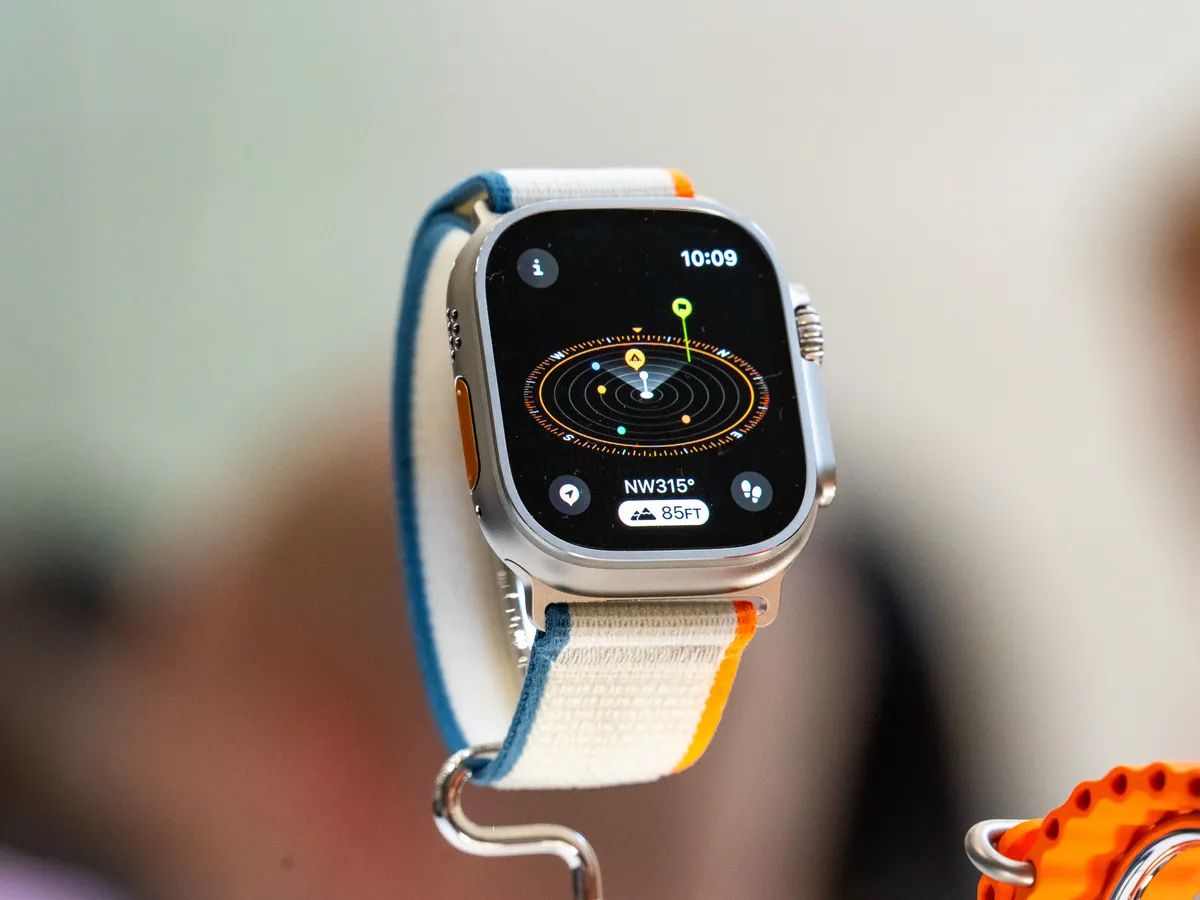
Current State of Android Smartwatches
Android smartwatches have evolved from simple time-telling devices to multifunctional gadgets integral to daily life. These wearables track fitness activities, monitor health metrics, receive notifications, control music playback, and even make phone calls. Seamless integration with smartphones extends their capabilities to users' wrists.
Google's Wear OS platform has seen significant improvements, including better battery life, faster performance, and more intuitive user interfaces. Other manufacturers like Samsung, Fossil, and Mobvoi also offer Android-based smartwatches catering to various preferences and budgets.
Latest Advancements
Health and Fitness Tracking
- Advanced Sensors: Modern smartwatches come equipped with sensors tracking heart rate, blood oxygen levels, and sleep patterns. These sensors provide detailed insights into physical condition, aiding informed lifestyle decisions.
- Artificial Intelligence Integration: AI algorithms analyze data from sensors, detecting anomalies in heart rate or blood pressure and alerting users to potential health issues.
- Fitness Apps: Dedicated fitness apps like Google Fit and Strava revolutionize workout tracking, allowing users to log activities, set goals, and compete with others.
Design and Durability
- Design Innovations: Manufacturers focus on creating stylish and functional smartwatches. New materials like titanium and ceramic enhance durability and aesthetic appeal.
- Water Resistance: Many modern smartwatches are water-resistant, suitable for swimming and other water-based activities, ensuring functionality even when exposed to moisture.
User Experience
- Improved UI/UX: Gesture-based navigation and voice commands make interaction with devices easier.
- Customization Options: Users can customize watch faces and notification settings, tailoring their experience to personal preferences.
Integration with Other Devices
- Smart Home Integration: Android smartwatches integrate seamlessly with smart home devices, allowing control of lighting, temperature, and security systems from the wrist.
- Automated Tasks: Some smartwatches automate tasks based on routines, such as setting reminders or sending messages at predetermined times.
Future Trends
Enhanced Health Monitoring
- Continuous Glucose Monitoring (CGM): Integrating CGM technology into smartwatches could allow diabetics to monitor blood sugar levels continuously without finger pricks.
- Advanced Biometrics: Future smartwatches might include more advanced biometric sensors like electrocardiograms (ECGs) or non-invasive blood glucose monitoring.
Artificial Intelligence (AI) Integration
- Predictive Analytics: AI algorithms will continue to play a crucial role in predictive analytics for health and fitness tracking, such as predicting when a user might need rest based on activity levels or sleep patterns.
- Personalized Recommendations: Smartwatches could provide personalized recommendations for workouts, nutrition plans, or stress management techniques based on user data.
Augmented Reality (AR) Integration
- AR Displays: Future smartwatches might incorporate augmented reality displays overlaying digital information onto the real world, enhancing navigation, providing real-time fitness coaching, or offering virtual try-ons for clothing and accessories.
5G Connectivity
- Faster Data Transfer: With 5G networks, smartwatches will experience faster data transfer rates, enabling quicker updates to apps and services and smoother video streaming capabilities.
Sustainability
- Eco-Friendly Materials: Manufacturers increasingly focus on using eco-friendly materials, including recycled plastics and biodegradable components, reducing electronic waste.
Accessibility Features
- Assistive Technology: Future smartwatches will likely include more assistive technologies aimed at enhancing accessibility for people with disabilities, such as voice-to-text functionality or haptic feedback.
Battery Life Improvements
- Energy Harvesting: Researchers are exploring energy harvesting technologies potentially powering smartwatches indefinitely without recharging, achieved through solar panels or kinetic energy harvesting.
Modular Design
- Swappable Components: Modular designs could allow users to swap out components like batteries or sensors as needed, extending the device's lifespan and reducing electronic waste.
Challenges Ahead
Battery Life
Despite advancements in battery technology, many users still complain about limited battery life. Manufacturers need to optimize power consumption without compromising functionality.
Cost
High-end features often come at a premium price point, making these devices inaccessible to many consumers. Balancing cost with functionality will be crucial for widespread adoption.
Security Concerns
As with any connected device, security remains a significant concern. Manufacturers must ensure robust security protocols are in place to protect user data from potential breaches.
Regulatory Compliance
The increasing focus on health monitoring raises regulatory compliance issues related to medical devices. Manufacturers must adhere to strict guidelines set by regulatory bodies like the FDA in the United States.
The future of Android smartwatches is filled with potential innovations that could transform daily life. Enhanced health monitoring capabilities, advanced AI integrations, and sustainable designs are just a few of the exciting developments on the horizon. Addressing challenges related to battery life, cost, security, and regulatory compliance will be essential for realizing this vision. As wearable technology continues to advance, Android smartwatches will undoubtedly play a vital role in shaping the future.
